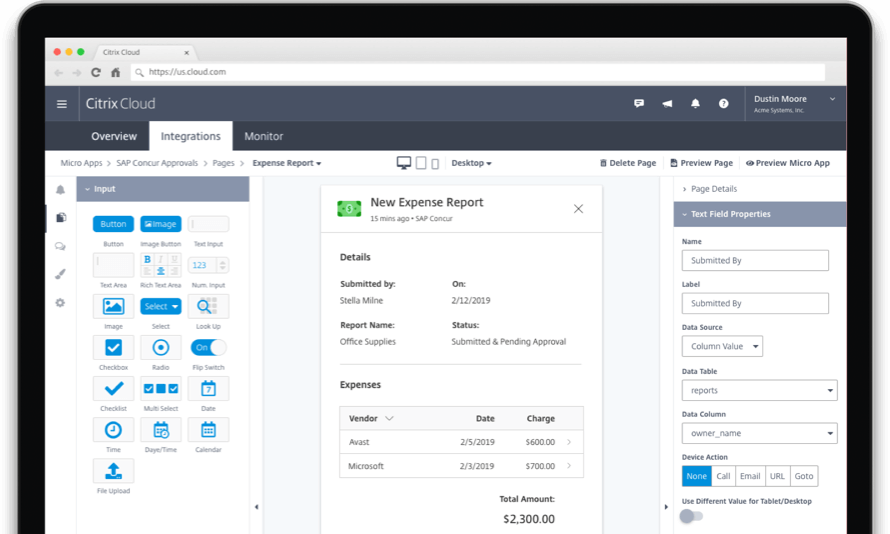To maintain a competitive advantage, businesses need to continually optimize their processes. In this case, the more flexible the automation tool is, the faster it will allow the company to respond to market changes. Citrix is a perfect tool for such functions. Here is about Citrix Demo Room limitations.
Citrix Data Room – intelligent digital workplace
Due to the Pandemic situation, companies unwilling to suspend operations have switched to remote operations. In this situation, the use of digital workplaces has become especially relevant. In this case, Citrix Data Room is a leader among digital solutions to ensure business continuity.
Citrix manufactures several leading-edge technologies that are used by many of the world’s most renowned companies. They focus mainly on thin clients and virtualization but have also expanded to other areas, including networking. A virtual (remote) desktop is understood as a virtual workplace with the necessary applications, which are available to the user at any time and from anywhere in the world. The remote Citrix workplace is implemented according to the SaaS (Service as a Service) model.
Citrix remote desktop helps to establish effective collaboration from anywhere in the world and from any device. To log into their remote desktop, each user undergoes two-factor authorization to minimize the risks of hacking. Security is also ensured by account settings – employees have access only to the information they need for work, which helps prevent the leakage of important data.
Demo Limits Details
The Citrix Demo Room is an integral platform that provides users with a hands-on experience to understand and explore Citrix products. However, like all demo environments, it comes with certain limitations:
- Time Restrictions: Typically, access to the demo room is granted for a limited period, which might not be sufficient for thorough testing.
- Pre-configured Environment: The setups in the demo room are pre-configured. While this ensures a smooth experience for most users, it restricts flexibility for custom configurations or simulations of specific real-world scenarios.
- Limited Resources: Given it’s a shared space, there might be constraints on computational and storage resources, potentially affecting the performance if many users access it simultaneously.
- Data Persistence: Any data or configurations altered during a session might not be retained after the session ends, making repetitive testing or long-term projects challenging.
- Version Limitations: The demo room might not always feature the latest version or all products from Citrix’s portfolio. Some features or functionalities showcased could be in beta or not fully representative of the production version.
- Security Concerns: As a shared platform, the Citrix Demo Room may not be suitable for testing sensitive data or proprietary configurations.
In summary, while the Citrix Demo Room is an excellent tool for initial exploration, users should be aware of its constraints and not solely rely on it for comprehensive evaluations.
Benefits of Citrix Virtual Data Room include
Citrix ranks IT with business objectives and optimizes the application and desktop access infrastructure by providing the following features:
- Device-independent access, enabling users to connect interchangeably from Windows and Linux desktops and laptops, as well as from thin clients.
- Highly scalable system and application load-balancing that allocates connections and applications to the optimal server, ensuring optimal use of server resources and a smooth, reliable user experience.
- The IT infrastructure management environment increases overall scalability, reliability, and stability, and enhances asset management.
- Control over data. With the SaaS service, the maintenance and administration of workplaces are centralized, it becomes possible to control the data flow of all users.
- The resources required for work and the number of licenses can be increased or decreased in short periods. The company’s IT infrastructure is becoming more responsive to business requirements.


